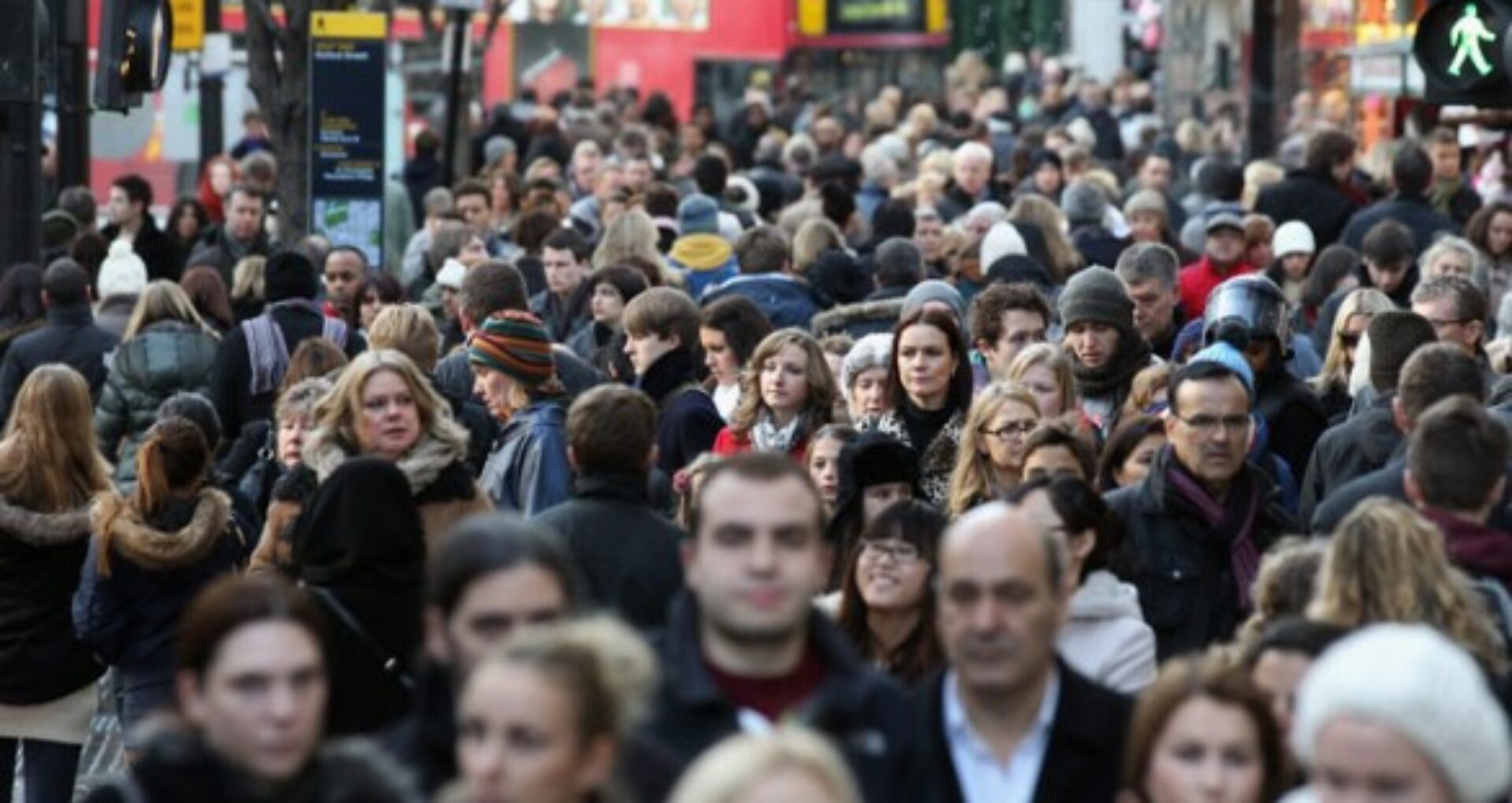Inequality Between Men and Women in Moldova

According to the National Bureau of Statistics, women in Moldova earn less than men. The data also show that there are more women in the country. Also, the COVID-19 pandemic affected women to a greater extent on the labor market.
The impact of the pandemic was mainly by interrupting the activity, reducing working hours, increasing work at home, and switching from a full-time to a part-time schedule. More women became infected with COVID-19, but mortality is higher for men. Women aged 50-59 years were more often infected than others.
At the beginning of 2020, there were 93 men per 100 women. Statistics show that women live, on average, 8 years longer than men. This gap is caused by higher levels of premature mortality of men, especially those of working age. The data also shows that women marry earlier than men.
Women opt for higher education
At the level of higher education, the female population is mainly oriented towards fields: education sciences, social and behavioral sciences, philology, and public services. According to the Labor Force Survey, women aged 25-64 have a higher level of education compared to men of the same age. There are fewer women in agriculture, industry, construction, transport, and storage, information, and communications. There are more women in economic activities such as hotels and restaurants, finance and insurance, education, health and social assistance, cultural and leisure activities.
Women have lower earnings than men in most economic activities The biggest discrepancies in women’s and men’s earnings are in financial activities, information, and communications, industry. According to data, the proportion of male leaders at all levels is higher than that of women. Similarly, women continue to be underrepresented in decision-making and business ownership or management.
Women are more often victims of domestic violence compared to men. In 2020, 64 percent of the domestic violence victims were women.
Women exceed the quota of retired men
According to data, on January 1, 2021, out of the total number of pensions, over 64 percent were women. In terms of disability pensions, every second disability pensioner was a woman.



